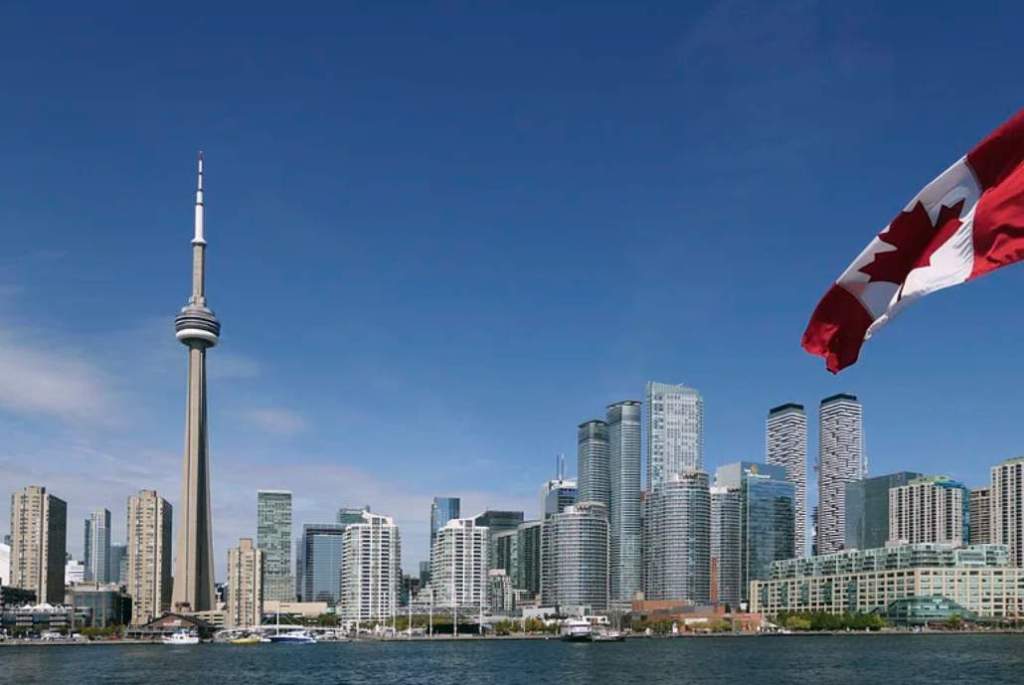7 Steps In The Canadian Refugee Application Process
One of the top preferred countries for refugees is Canada which is known for its acceptance of immigrants and multicultural identity. This article will explain the lengthy and complex steps for those seeking refugee status in Canada due to persecution or humanitarian reasons.
-
Eligibility Criteria
There are several crucial conditions that you must fulfill to be considered a suitable candidate. First, you need to be outside your home country or the country where you usually reside; applying for refugee status while inside Canada isn’t possible.
Second, there must be a genuine fear of persecution in your home country based on aspects like your race, religion, nationality, political views, or association with a certain social group. Finally, having a criminal record that includes severe offenses or being seen as a security threat could impact your eligibility for refugee status.
-
Determine the Appropriate Pathway
The Refugee and Humanitarian Resettlement Program serves as the first pathway and is designed for refugees referred to Canada by the United Nations High Commissioner for Refugees (UNHCR) or a designated referral organization.
The second pathway is known as an Asylum Claim at a Port of Entry and is meant for those who are already in Canada and present themselves at a designated entry point like an airport or border crossing. This method is called an “inland refugee claim.”
Lastly, there’s the Asylum Claim within Canada pathway, which is applicable if you are already inside the country but didn’t make an asylum claim at any port of entry. This option is referred to as an “inside Canada refugee claim.”

-
Preparing Your Application
Regardless of the pathway you opt for, thorough preparation of your application is essential. Here are the key steps involved. Collecting supporting documents is the first step, which entails gathering all pertinent materials, including identification, travel documents, and evidence substantiating your fear of persecution.
Next, you must complete the required forms, such as the Basis of Claim (BOC) form, which comprehensively outlines the reasons compelling you to seek refuge in Canada. Additionally, consider seeking legal representation or assistance from a qualified immigration consultant such as a Toronto immigration lawyer. This step can be instrumental in helping you navigate the intricacies of the process and ensuring the preparation of a robust application.
-
Submitting Your Application
Applying for refugee status in Canada involves different methods depending on your chosen route. If you’ve been referred to Canada by UNHCR or a specific organization through the Refugee and Humanitarian Resettlement Program, they will handle your application submission.
If you want to make an asylum claim while already in Canada at a port of entry, simply approach the Canada Border Services Agency (CBSA) or Immigration, Refugees, and Citizenship Canada (IRCC).
For those applying from within Canada without making an asylum claim at a designated entry point, you can present your application to the nearest IRCC or Citizenship and Immigration Canada (CIC) office.
-
Attending Interviews and Hearings
After submitting your application, be ready to attend interviews and hearings as part of the evaluation process. During these proceedings, you might need to provide extra information and evidence supporting your claim.
-
Decision and Appeals
The Immigration and Refugee Board of Canada (IRB) will decide on your refugee status after analyzing your application and conducting interviews. If they accept your claim, you’ll be granted refugee status in Canada. However, if denied, you can appeal against the decision.
-
Settlement and Integration






